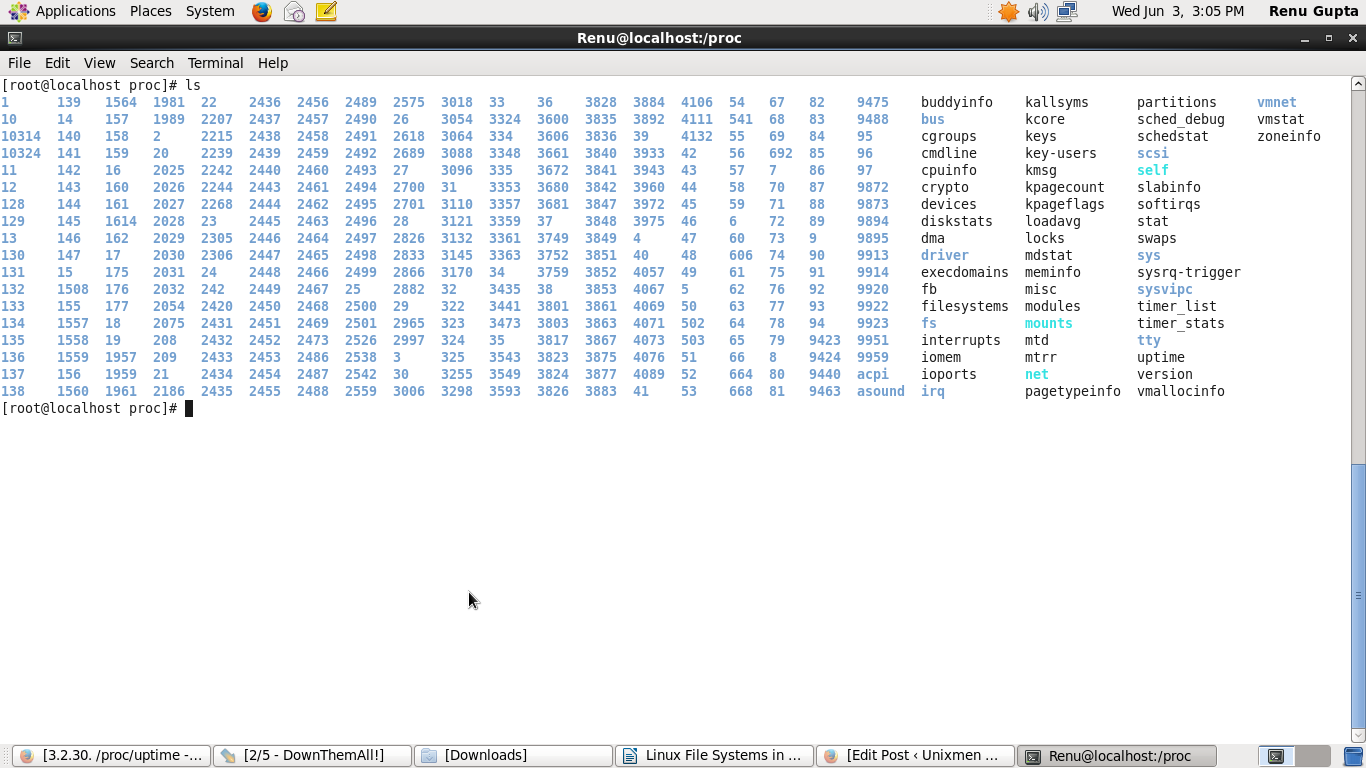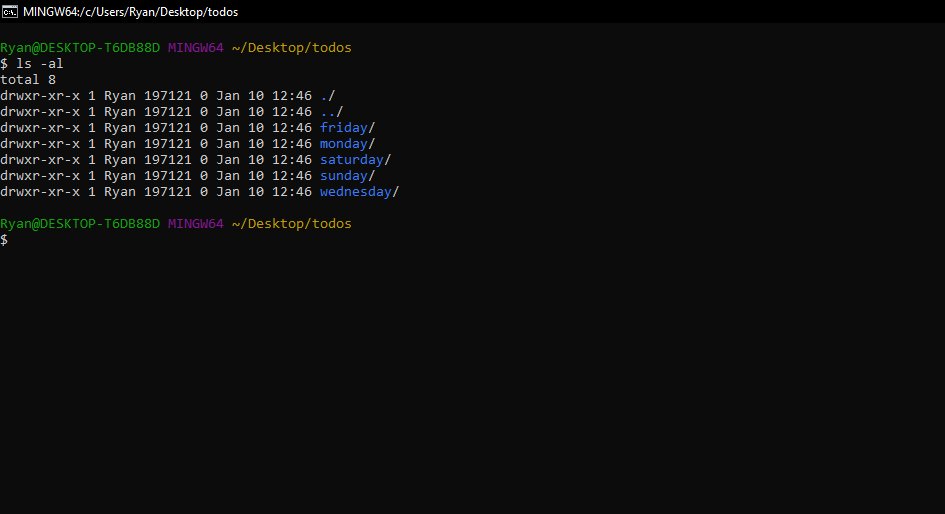

- #Monitor directory for new files linux how to#
- #Monitor directory for new files linux update#
- #Monitor directory for new files linux free#
In this example, we’ll monitor the CPU temperature of a Linux based machine: watch -n 1 sensors

Besides, Hostinger takes care of the back end, so you don’t have to! We’re adding this one as a neat little bonus for Linux users that might not be using a VPS, as this might not work on your server.
#Monitor directory for new files linux how to#
To use watch as a clock execute the command below in the Linux terminal command like: watch –t date How to View Hardware Status using Linux Watch How to Use the Linux Watch Command as a Clock Here, devisers is the username and ls –l are the files present in the user directory. To view a particular file’s status or changes made to it, use the below command in Linux terminal: watch -d 'ls -l | fgrep devisers' Watch can also be helpful with other pipeline commands: How to Monitor Files with Linux Watch How to Use the Linux Watch Command with Other Pipelines When using Linux watch we can’t observe intervals less than 0.1 seconds. This command will reflect the output updated after every 5 seconds.
#Monitor directory for new files linux update#
It’s essentially changing the update intervals, or successive update time. The duration between outputs can easily change in the Linux terminal by using the -n option followed by a digit which represents the number of seconds which you want. How to Change Time Intervals in Linux Watch? Here, the changes in the current time are highlighted in the terminal. The command to highlight differences between updates is: watch –d date To view the changing output we can use the –d or –difference option. Watch regularly updates the output of a specified command, by default after 2 seconds. How to Highlight Differences Between Updates with Linux Watch It shows the network speed every two seconds, as well. Now you can see the RX and TX byte traffic along with the IP address of your system. To observe bandwidth statistics, you can use the ifconfig option with Linux Watch. With the help of the –t option, you can stop the header in the terminal. It is also possible to turn off the header showing the blank line, current time, command and interval.
#Monitor directory for new files linux free#
The command would look like this: watch –g free We can do this with the help of the –g option which stops the Watch command any time there are changes in memory consumption. Many times we want the Watch command to exit after one change in the output. Or if we want to see the current date, we can use this command: watch dateīelow, we could easily observe that the date is changing every two seconds followed by the current date and time of the system. To use the basic features of watch, type in the following command in the command line, while replacing file_name with your preferred file: watch file_name Check out our PuTTY tutorial if you’re encountering issues.

Basic Linux Watch Commandsīefore we start learning how to use Watch, lets log into our VPS by using SSH. The watch command comes installed, by default in all Linux distributions with a wide range of features for its users. Linux watch is also useful when you need to troubleshoot an issue, or monitor script output continuously. Watch will run simultaneously in the terminal until stopped by pressing CTRL+C. Watch also offers its users the ability to monitor the creation and deletion of files, if you use it with various pipeline commands. It is beneficial for reflecting the real-time view of events that are happening on an operating system.īy default, it runs the program every two seconds, although using –n or –interval options enables specifying a different frame. With Linux watch, we can track the changes in the output from time to time.


 0 kommentar(er)
0 kommentar(er)
